Xero Security Tips: How Small Businesses Can Protect Their Financial Data
As a small business owner, you rely on Xero to manage everything from invoices to payroll to bank feeds. But while Xero makes accounting easier, it also holds the kind of sensitive data that cybercriminals love—client names, bank accounts, payment histories, and more.
If you’re not actively managing your security settings, you could be exposing your business (and your clients) to unnecessary risk. The good news? It doesn’t take much to lock things down.
🔐 Why Securing Xero Matters More Than You Think
Small business owners often think, “No one’s targeting me.” But in reality, small accounts are low-hanging fruit for attackers looking to automate scams and gain access to connected services like bank accounts, cloud storage, and tax records.
A compromised Xero account could lead to:
Unauthorized invoice changes or fraudulent payments
Exposure of customer or employee financial data
Lost trust with clients and vendors
Potential compliance or tax reporting issues
✅ 5 Steps to Secure Your Xero Account Today
1. Turn On Two-Step Authentication (2SA)
Xero supports two-step authentication (also called 2FA or 2SA) for all users. This adds an extra layer of protection by requiring a code from your mobile device when logging in.
🛡️ Where to enable it:
Go to: Account → Security Settings → Set up 2SA
Pro tip: Use an app like Authy or Google Authenticator instead of SMS for better security.
2. Use a Strong, Unique Password
Use a long, random password that’s never been used on another site. A password manager can make this easy without having to remember anything.
Avoid:
Using your business name or “Xero123”
Reusing a Gmail or social login password
Sharing your password with staff or contractors
3. Review Users and Permissions
If you have a bookkeeper, accountant, or assistant accessing Xero, check who has access and what they can do.
✅ Regularly audit:
Who has access
What level of access they have
Whether they still need access
🚫 Never share your main login—always invite others as separate users.
4. Be Careful with Connected Apps
Xero integrates with tools like Stripe, PayPal, Shopify, and CRM systems. But each integration adds another layer of risk.
Remove unused or outdated app connections
Only connect tools you trust
Check app permissions and data-sharing settings
5. Watch for Phishing Emails
Attackers often impersonate Xero or financial software in emails. These phishing attempts might try to:
Get you to "log in" via a fake website
Install malware via a fake invoice attachment
Collect payment info through spoofed forms
📧 Always double-check sender addresses, avoid clicking email links directly, and enable security alerts in Xero for unusual login activity.
📌 Bonus Tips
Log out after each session, especially on shared devices
Don’t store exported reports or tax files in unsecured cloud folders
Turn on login notifications for your Xero account
🔒 Final Thoughts
Your Xero account is more than a piece of software—it’s the financial hub of your business. Taking 30–60 minutes to harden your security settings can save you thousands of dollars in potential fraud or lost trust.
At Security Balanced, we help small business owners and solo entrepreneurs secure the digital tools they rely on most. From QuickBooks to Xero to email and cloud storage, we’ll help you lock things down without overwhelming you.
📣 Want help with a quick audit of your Xero setup?
Contact Us for a free Cyber Healthcheck and get personalized advice you can implement right away.

